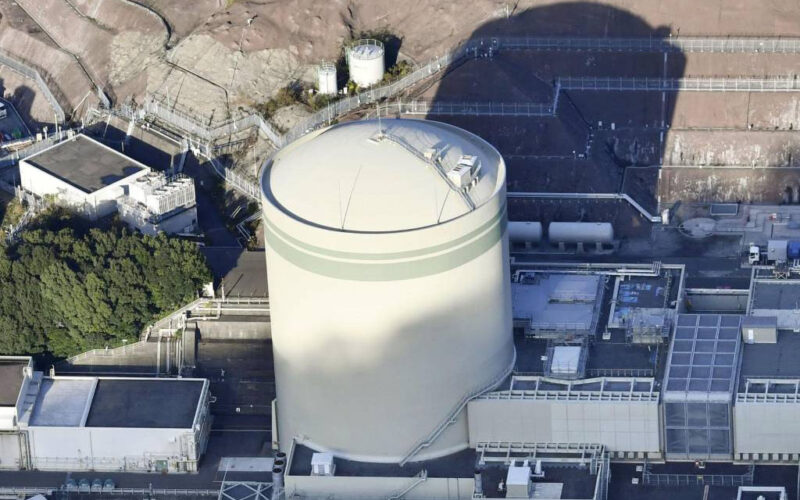Uranium extracted and processed at the Langer Heinrich Mine (LHM) in Namibia’s Erongo Region will be harnessed to supply nuclear power plants, propelling the global shift towards a sustainable, carbon-free energy future. The mine is slated to recommence operations in the coming year.
Paladin Energy, the owner of LHM, has stated that at peak output, the mine will annually yield sufficient uranium fuel to sustain over ten 1,000 MWe (Megawatt Electrical) nuclear power plants. Over the mine’s operational lifespan, attaining equivalent power through coal-fired electricity would result in an annual average of 58 million tonnes of carbon dioxide emissions. This cumulative figure stands at about 1.3 billion tonnes of carbon dioxide emissions over the mine’s projected 17-year existence.
While acknowledging the mounting global consequences of climate change, Paladin has indicated that the financial and operational impact of climate change on its endeavors is presently anticipated to be minimal. The company is committed to its role in furnishing a low-carbon fuel source that mitigates CO2 emissions, aligning with global efforts to address climate change goals.
Paladin emphasizes the vital role of uranium mining and processing in the nuclear fuel cycle, supplying the raw material necessary for generating clean, sustainable, consistent electricity. As worldwide demand for electricity escalates and carbon emissions targets are set, nuclear energy is poised to remain pivotal in the transition to cleaner global power generation.
In 2022, nuclear energy accounted for roughly half of the USA’s carbon-neutral electricity, establishing itself as the nation’s primary domestic source of low-carbon energy. The absence of greenhouse gas emissions during electricity generation in nuclear power plants is highlighted by Paladin, underscoring the positive impact of lowered CO2 emissions on mitigating climate change and global warming. Furthermore, uranium stands out as an incredibly efficient fuel source.
Comparing the lifecycle greenhouse gas emissions intensity of various energy sources and technologies, nuclear power emerges as one of the least carbon-intensive options, on par with solar and wind energy and significantly outperforming coal by up to 100 times, with an average of approximately 1,000 grams of CO2 equivalent per kWh.
Paladin’s announcement on July 19, 2022, outlined the decision to recommence operations at Langer Heinrich, targeting the initial volumes for the first quarter of 2024. The project’s advanced status and adherence to budget (USD $118 million) are noted. All requisite permits and licenses remain valid, and crucial power and water agreements have been secured. With a workforce exceeding 1,000 personnel on-site, including many from local communities, the project is well poised for success.




